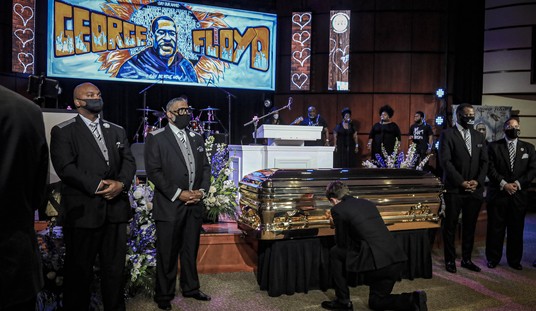I’ll be frank: abortion is something I feel very strongly about, yet I do not enjoy talking about. In fact, I’d describe my enthusiasm as I type this post as something approaching tepid at best. Nevertheless, I think I should make some sort of comment on US Senate candidate Todd Akin’s remarks on so-called “legitimate rape” and abortion.
First of all, the remarks demonstrate why I do not care for talking about abortion unless I must: it is incredibly easy to shoot myself in the foot with poorly chosen words. Furthermore, as a man, I must be even more careful because there is a sizable portion of women, particularly those who call themselves “feminists”, who are all too willing to portray my words (or any man’s words), especially when I choose them poorly, as another evil misogynist who wants to enforce his “evil” ideas on women. It’s not right, but it is something that exists. It’s not just the gravity of the issue at hand, but the appearance that I can create while discussing it, that can determine how the message is received.
Second, I’d like to make a quick comment on the “legitimate rape” thing. I originally had a long, drawn out discussion written, but the more I wrote, the more I found it harder to explain. Therefore, I’ll keep this short. Suffice to say, we do know that there are false rape accusations, as the Duke lacrosse case demonstrated. This article at the Forensic Examiner by Bruce Goss explains the issue of false versus real allegations of rape and the care that must be taken in any rape case better than I ever could.
Third, there is a lot of discussion over just how often a pregnancy does occur after a rape. James Hamblin, a doctor and the health editor for The Atlantic, addresses this in a post at the magazine’s website. It is the most useful and succinct explanation I have found. The 5% pregnancy rate that people have cited comes from a 1996 study published by the American Journal of Obstetrics and Gynecology. However, it is important to note that this is note the only study published on the issue, and as Hamblin notes, the study includes rapes where condoms were used. Other studiesdealing with other countries have reported numbers greater than that, in the 12-17% range. As Hamblin also notes, this is what the normal pregnancy rate for a woman is:
- 3 days prior to ovulation: 15% chance of pregnancy
- 1-2 days prior to ovulation: 30% chance of pregnancy
- Within 24 hours of ovulation: 12% chance of pregnancy
- 1-2 days after ovulation: Around 0% chance of pregnancy













Join the conversation as a VIP Member